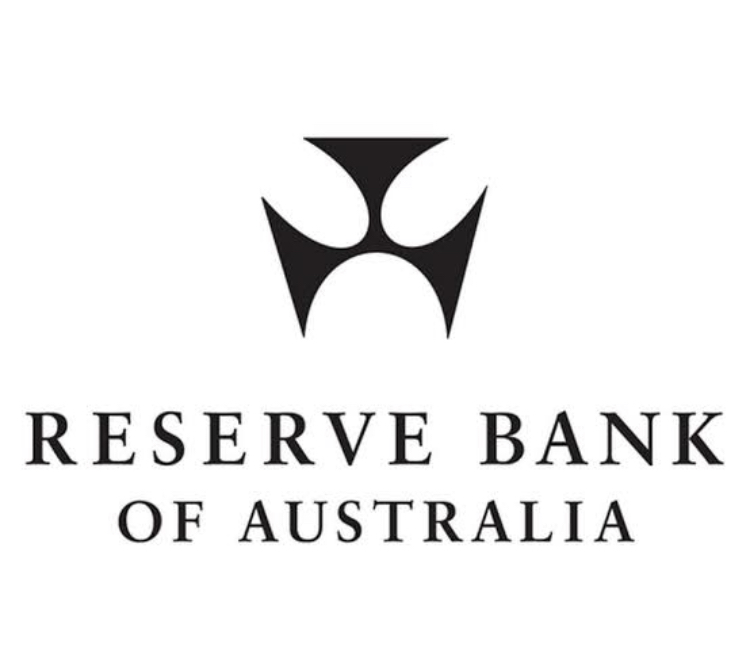Firming inflation that is expected to be confirmed in crucial consumer price figures next Tuesday will seal the end of the Reserve Bank of Australia’s government bond-buying program at its first board meeting of the year on February 1.
But RBA governor Philip Lowe faces a communication challenge to convince a sceptical bond market that the end of the $350 billion quantitative easing program does not signal imminent interest rate rises.
Money market traders are pricing in about four rate rises equal to 1 percentage point by the end of this year, because of stronger global inflation, supply-chain disruptions and labour shortages.
Investors are betting against Lowe’s November assurance that rate rises in 2022 are “extremely unlikely”.
The stance at Martin Place is in stark contrast to the US Federal Reserve, which is widely expected to raise rates about the same time that it ends its asset purchase program in March, with three to four US rate increases anticipated in 2022.
The US has an inflation problem caused by supply chain disruptions, labour shortages and strong consumer demand fuelled by turbo-charged monetary and fiscal stimulus.
Australia very different from US
US inflation is running at a hot 7 per cent, with official interest rates at virtually zero.
The real (inflation-adjusted) interest rate is negative 7 per cent.
Monetary policy is too loose and the Fed is at risk of being too far behind an inflation outbreak.
US wages have risen a robust 4.7 per cent in nominal terms, but are failing to keep up with inflation, eroding the living standards of Americans and hurting the credibility of US President Joe Biden.
The RBA would not be so dovish if it were in the shoes of Fed policymakers.
But the RBA sees Australia’s inflation and wages position as very different to the US.
Even as Australian inflation firms, one revealing statistic will give the RBA confidence about the outlook for prices and, crucially, wages.
More than half of Australia’s 13 million workers are employed under multi-year, enterprise-bargaining agreements, are in the public service, or have their pay linked to the national minimum wage case.
The RBA can therefore readily see and quantify the impact of wage rises for a majority of workers under these transparent workplace arrangements.
Combined with regular liaison with business, the RBA will remain confident it will see any material breakout in wages well in advance.
Wages rose a modest 2.2 per cent in the year ended September 30 and the December quarter print is due in late February. Wage pressures are still a long way from the 3-plus per cent growth that Lowe wants to see sustained.
Jobless rate at a low 4.6pc
Labour shortages will put some upward pressure on wages and inflation.
Australia’s jobless rate is a relatively low 4.6 per cent, and job vacancies hit a record of almost 400,000 positions in November before the omicron wave.
Hours worked in January will probably fall about 7 per cent because of the isolation of people with COVID-19 and their close contacts.
Worker shortages due to thousands of people isolating and only a gradual return of foreign workers following the two-year international border closure have put labour in a stronger negotiating position with employers.
Anecdotal evidence is rife that white-collar workers in finance, professional services and technology are commanding big pay increases. Readers of this newspaper and market economists would be very familiar with this trend.
Yet, beyond these white-collar professionals and some baristas and waiters, so far, there is little evidence of higher wages flowing through to the vast majority of workers.
It’s possible the sudden prevalence of the virus across Australia deters some people returning to work and the labour market tightens faster.
But any moderation in labour participation from pre-omicron record-highs would likely be limited compared with the “great resignation” of about 4 million American workers.
Hence, pending evidence of sustained and broad wage rises, a dovish RBA will not be spooked by firmer December quarter inflation.
Global supply chain disruptions will very likely push up inflation above the RBA’s forecast made in November.
The RBA’s preferred underlying inflation measure, which strips out some volatile items such as fuel and food, will almost certainly be more than its forecast of 2.25 per cent for 2021, and its implied 0.6 per cent forecast for the December quarter.
Preconditions for early QE end
Indeed, a 0.9 per cent trimmed mean inflation print would take annual underlying inflation to 2.5 per cent – the midpoint of the RBA’s target band.
Such a scenario would make an easy decision for Lowe to swiftly end QE.
Firmer inflation would help fulfil important RBA preconditions for an early February finish to its $4 billion-a-week QE program.

